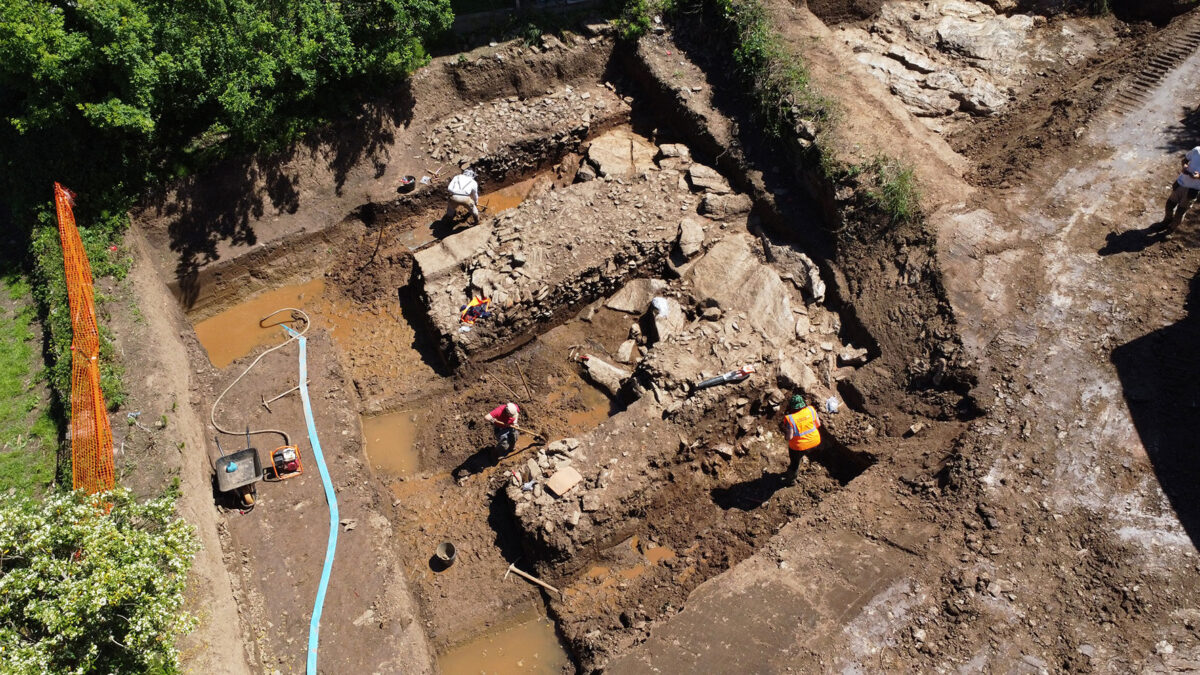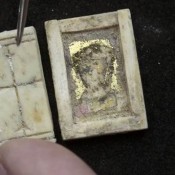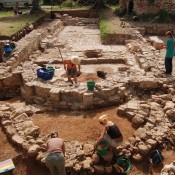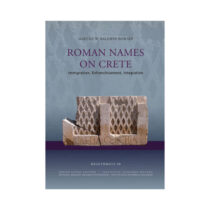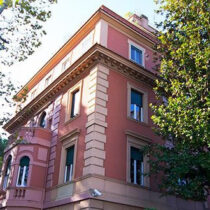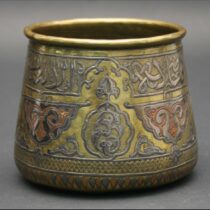Archaeologists have uncovered the remains of what may have been a small port installation dating back to the 4th–5th centuries AD on the Cap Corse peninsula, Corsica. Found near the mouth of a stream flowing into the Tyrrhenian Sea, the stone structure’s form and location suggest it was likely used as a mooring or docking site during Late Antiquity.
First preventive excavation in Cap Corse
The discovery was made in Meria, on the southeastern side of Cap Corse, during a preventive archaeological excavation ordered by the Regional Archaeology Service. The excavation, carried out by Inrap in April and May 2025, was conducted on a 300-square-meter site as part of preparations for a planned single-family home near the local marina. This was the first operation of its kind ever conducted on the peninsula.
Evidence of an ancient dock?
The structure was found at the foot of a rocky slope facing Meria Bay. Large, rough schist blocks—some over 1.5 meters long—were deliberately laid at the base of the slope, creating a form of riprap. Though placed without mortar and somewhat haphazardly, these stones clearly mark the first phase of the site’s development.
Above this, layers of fine sediment and shale chips alternate to form a flat, stone-paved surface roughly 4 to 6 meters wide and extending 13 meters in length. The platform, nearly 80 cm thick, appears to expand the natural substrate into the streambed, using larger blocks along its northern edge to provide structural support.
Archaeologists also identified about ten post holes in the stonework and underlying rock. These circular holes, varying in size and depth, are believed to have supported a wooden superstructure—possibly a small jetty or dock built over the stone platform. Due to the limited scope of the excavation, the full extent and layout of the installation remain unclear.
Despite its rough appearance, the structure displays a notable degree of planning and technical skill, especially given the wet conditions in which it was built. Its strategic location and the presence of wooden structural supports strongly suggest it was used for docking, mooring, or loading goods—functions typical of a quay or wharf.
A rare glimpse into Late Antique Corsica
The excavation yielded over a thousand ceramic fragments. These finds are especially valuable, as stratified Late Antique ceramics are rarely found in Corsica. Their analysis, led by Josselyne Guerre (Inrap), is expected to provide new insights into this little-known period on the island.
Close to a hundred small metal objects were also recovered, with many being bronze nails—further supporting the theory of a wooden construction. Their corrosion-resistant properties make them well-suited to a marine setting. Additional objects related to fishing activities were also found.
A geoarchaeological analysis, led by Marc-Antoine Vella (Inrap), plays a key role in understanding the site’s environmental context. Because archaeological research in Corsica rarely includes zones so close to ancient water bodies, the site offers a rare chance to study paleoenvironmental conditions. Further analyses will help reconstruct the area’s ecological and hydrological history and shed light on the broader coastal and riverine dynamics in which this ancient port once functioned.
